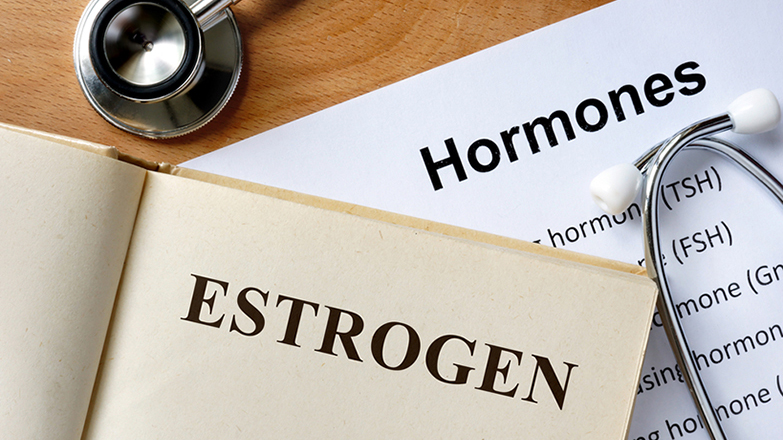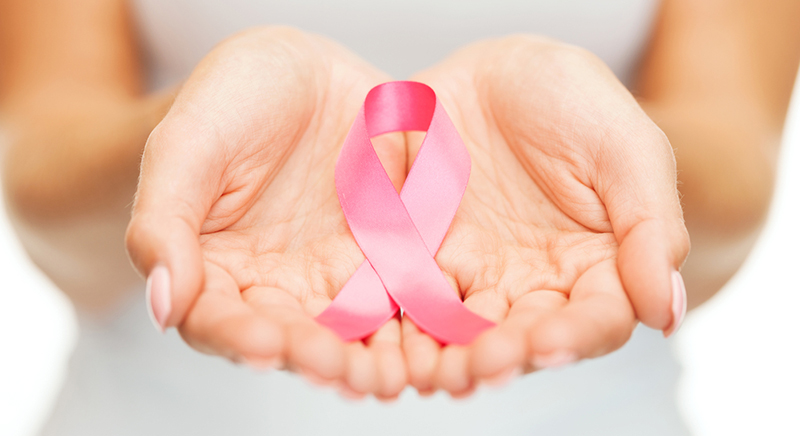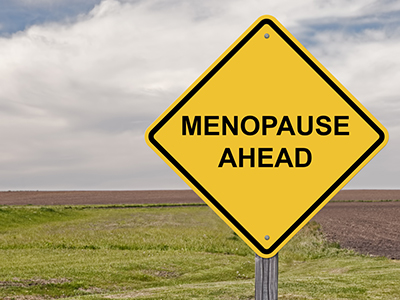Metabolic Syndrome and the Role of Estrogen
Metabolic syndrome represents a cluster of adverse biologic events characterized by alterations in lipids, elevated blood sugar, and increased cardiovascular risk. According to the National Cholesterol Education Program’s Adult Treatment Panel 111 Report, metabolic syndrome may be diagnosed when three of the following criteria are present: waist circumference greater than 88 cm, HDL-C less than 50 mg/dL, triglycerides greater than 150 mg/dL, blood pressure above 130/85 mmHg, or fasting blood sugar over 110 mg/dL. The greatest health risk of metabolic syndrome is cardiovascular disease, but this risk also is age related. Sixty percent of postmenopausal women are affected by metabolic syndrome, whereas only 22% of the general population meet these criteria. These differences in prevalence underscore the dramatic physiologic changes that occur as a woman enters menopause.
The History of Estrogen
The story of the history of estrogen illustrates the historical progression of medical knowledge, from laboratory and clinical observation, through basic and clinical experimentation, to current successful medical management, an interesting marriage of empiricism and technology.
Our bodies efficiently make our natural hormones. Cholesterol from our diet is converted into a family of progesterones, which then become our androgens, such as testosterone, androstenedione, and dehydroepiandrosterone (DHEA). Androgens are important since they are the substrate for all of the estrogens in our body. The ovaries alone convert testosterone to estradiol (E2), the most powerful of the estrogens. Fat cells can convert androstenedione to other weaker estrogens, including estrone (E1), only 40% as active as estradiol, and estriol (E3), only 10% as active as estradiol. Since menopausal symptoms seem to arise with falling estrogen levels, estrogen has been sought as treatment of these symptoms.
Is All Breast Cancer The Same? A Paradox: Estrogen's Relationship to Breast Cancer
Most women are aware of a link between estrogen and breast cancer. Yet, there are three types of breast cancer: ductal (80%), lobular (10%), and inflammatory (1% to 5%), all of which have different receptor characteristics that guide treatment. Approximately 75% of breast cancer is estrogen-receptor (ER) positive. However, there are conditions in which estrogen both fuels and, at other times, kills ER-positive breast cancer cells. One type of breast cancer does not even recognize estrogen at all. It is estimated that in 2015, there will be 231,840 new cases of breast cancer and 60,290 cases of breast carcinoma in situ. And it is predicted that 40,290 women will die of this disease (cancer.org). Understanding the types of breast cancer offers promise for improved surveillance, prevention, and more effective treatments.
Hot Flash Connection to Puberty
Puberty is a dynamic process that occurs as young women emerge into their reproductive lives. The prepubertal process begins in the hypothalamus. There, gonadotrophin-releasing hormone neurons secrete gonadotrophin-releasing hormone (GnRH). Gonadotrophin-releasing hormone, in turn, enters the portal system in pulses, stimulating the pituitary to produce luteinizing hormone (LH) and follicle stimulating hormone (FSH), both of which act on the maturing ovary to initiate the production of estrogens and androgens and then progesterone once ovulation occurs. Once produced, rising levels of estrogen communicate back to the hypothalamus to slow the process. But how does estrogen control this feedback process since there are no estrogen receptors on the GnRH neurons? And what does this have to do with menopausal hot flashes?
Update on Timing of Hormone Replacement Therapy in Menopause
In 1964, Dr. Robert Wilson, a gynecologist in New York City, advocated in his book Feminine Forever that all menopausal women should receive hormone replacement therapy (HRT). The outrage of the feminist movement led the National Institutes of Health (NIH) to fund the Women’s Health Initiative (WHI) in 1991 to determine if HRT could safely protect women’s cardiovascular and bone health. In July 2002, the trial was prematurely canceled due to findings of a statistical increase in both breast cancer and stroke. Based on these findings and the resultant publicity, millions of women stopped their HRT, and doctors stopped prescribing HRT. As a result of this precipitous change, the majority of menopausal women have gone without HRT for more than a decade.





